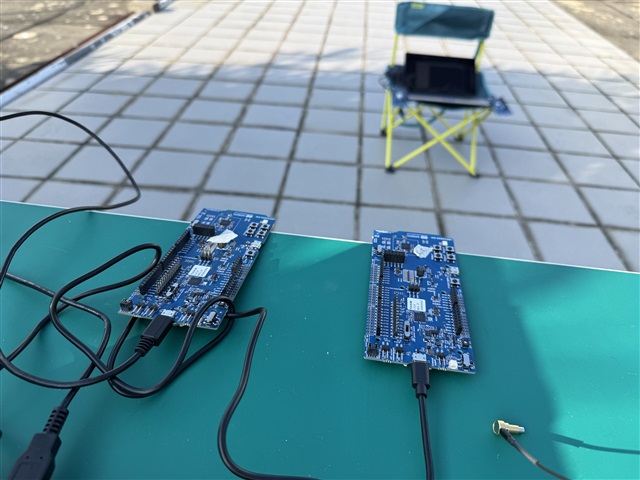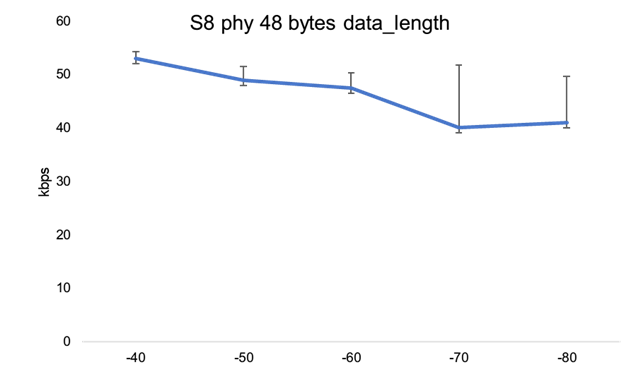Hi
I am using 4 nrf52833 DK to see the relationship with RSSI and Dara rate. I have two running the nordic uart service and print out the RSSI, they are using TX=0. And another pair is running throughput sample to test datarate. I need to make sure the TX power for both pair is identical so that the RSSI of central uart could be the RSSI for throughput sample.

Could you please advice me whether throughput TX is 0. And whether my way to test is OK?



